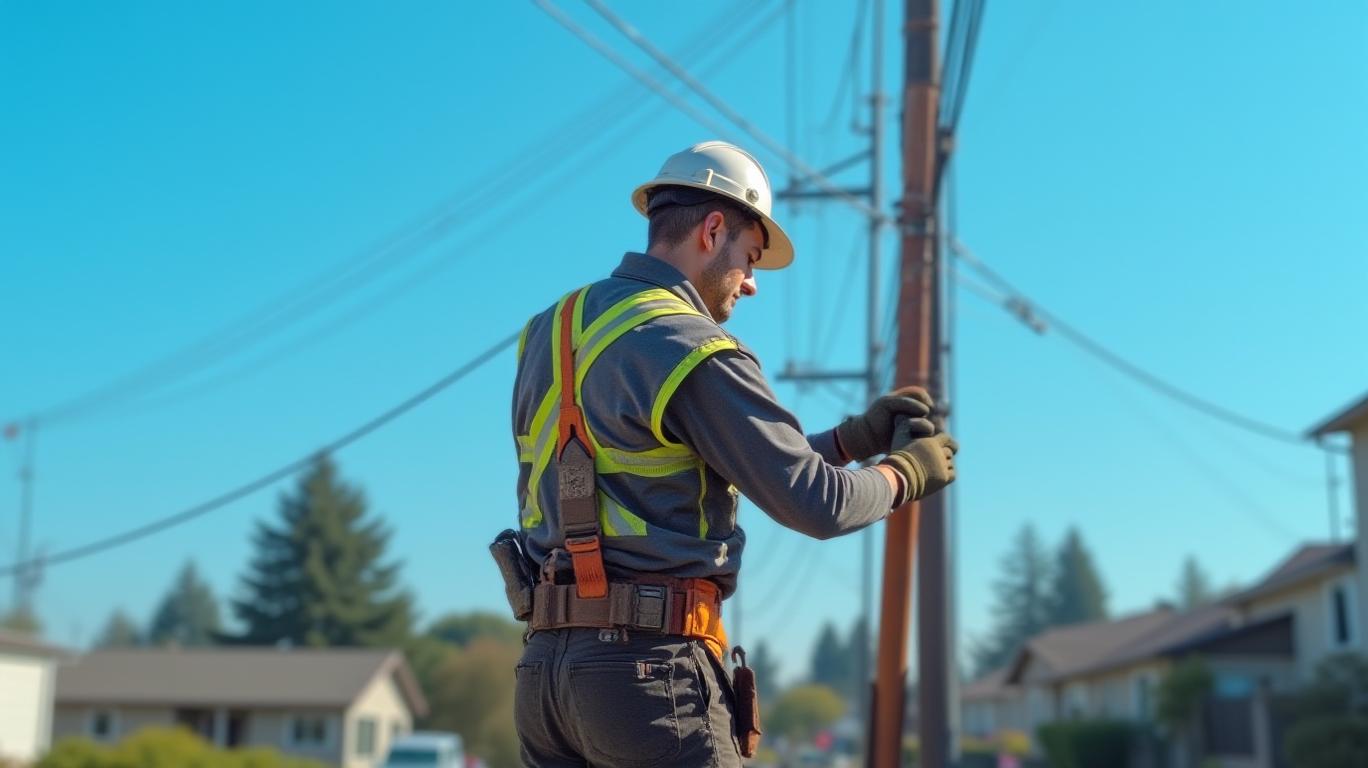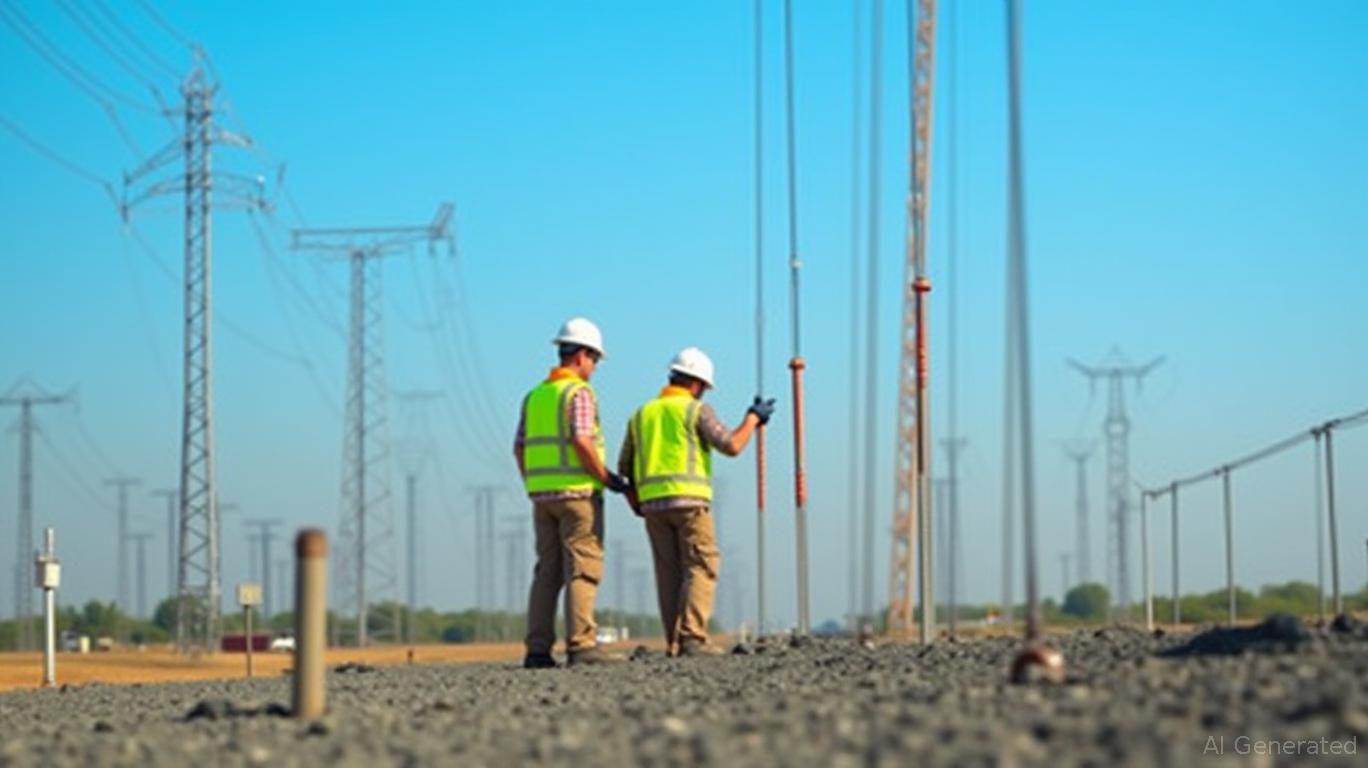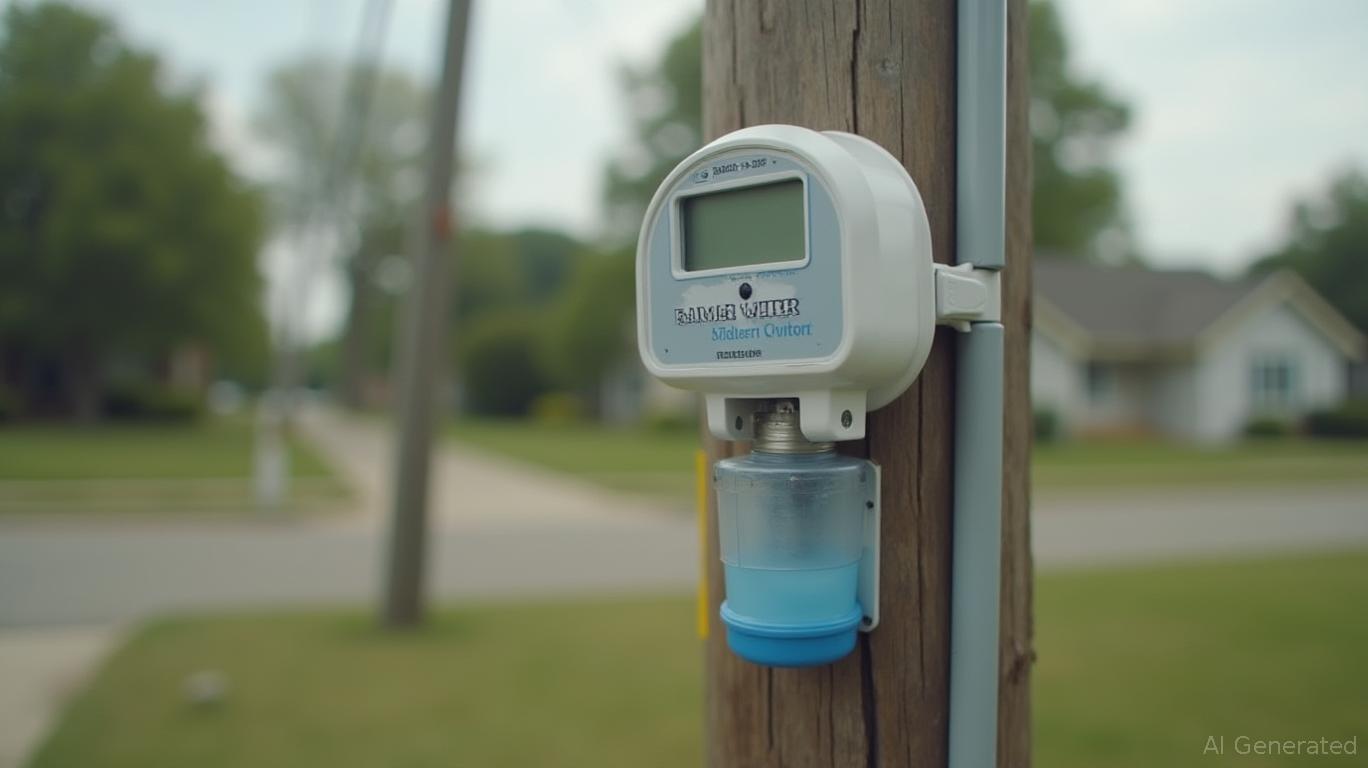When the Lights Go Out: Tacoma Outage Sparks Debate on Utility Resilience

On May 7, 2025, a routine afternoon in the Tacoma, Washington, suburbs turned chaotic when a car struck a power pole, triggering a cascading outage that left over 10,500 customers in the Midland/Summit area without electricity. While Tacoma Public Utilities (TPU) restored power within three hours—a testament to their rapid response—the incident reignited debates about grid resilience, customer communication, and the financial stakes for utilities in an era of climate volatility and aging infrastructure.
The Incident and Its Immediate Impact
The outage began around 2:00 p.m. when a vehicle collision damaged a critical power line. TPU’s outage map showed peak disruption at 3:00 p.m., with 10,541 customers affected. The utility’s swift action—directed by real-time data from their interactive map and social media updates—ensured full restoration by 5:00 p.m. The quick resolution, however, didn’t mask underlying concerns. “This was a near-miss,” said local resident Sarah Lee, whose home was among those plunged into darkness. “What if the damage had been worse?”
The outage’s ripple effects extended beyond households. Franklin Pierce schools faced power, internet, and phone outages at campuses north of Route 512, forcing parents to rely on emergency phone lines. Meanwhile, TPU’s reliance on digital tools—like their outage map and MyAccount portal—highlighted both strengths and vulnerabilities. “Real-time tracking is crucial,” said utility analyst Mark Thompson. “But when the grid fails, customers expect more than just a map—they need confidence in the system’s reliability.”
Broader Implications for Utilities
The Tacoma outage contrasts sharply with a larger April 2025 incident on Washington’s Key Peninsula, where a mechanical failure during maintenance left 34,000 customers without power for over 12 hours. While the May incident was resolved faster, its root cause—a preventable vehicle collision—spotlights systemic risks. Utilities nationwide face a dual challenge: adapting to extreme weather events while managing everyday risks like traffic accidents.
Investors, too, are scrutinizing utilities’ preparedness. The April outage led to a 2% dip in TPU’s customer satisfaction scores (measured internally), but the May incident’s quick resolution may have reversed that trend. “Utilities are judged on their worst day,” said analyst Thompson. “Those with robust emergency protocols and modernized grids will attract capital.”
Investment Takeaways: Grid Resilience as a Growth Driver
The Tacoma incident underscores two investment themes: grid modernization and customer communication. Utilities like Dominion Energy (D) and NextEra Energy (NEE) have already invested billions in smart grids and outage management systems, positioning them to outperform peers during disruptions. Meanwhile, TPU’s reliance on real-time tools mirrors strategies adopted by forward-thinking firms.
Investors should also watch for utilities with geographic risk diversification. The Pacific Northwest’s vulnerability to traffic accidents, wildfires, and winter storms makes grid hardening a critical spend. Companies like Puget Sound Energy (PSE) have prioritized underground cables in high-risk areas—a costly but effective measure.
Conclusion: Resilience is the New Reliability
The Tacoma outage wasn’t an isolated glitch—it was a stress test. Utilities that combine rapid response with long-term infrastructure investment will thrive, while laggards risk reputational and financial damage. For investors, the lesson is clear: follow the dollars spent on grid upgrades and real-time systems. As climate risks escalate, resilience isn’t just a buzzword—it’s the new standard for utilities seeking to keep the lights on, and the markets stable.
In the end, the Tacoma incident was a reminder: when the power goes out, it’s not just about flipping a switch—it’s about trust in the system that flips it back.

_0541ea711750289942943.png)
_85d765531750289985587.jpg)







